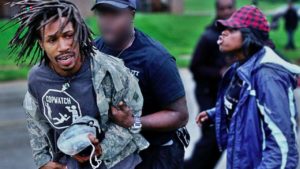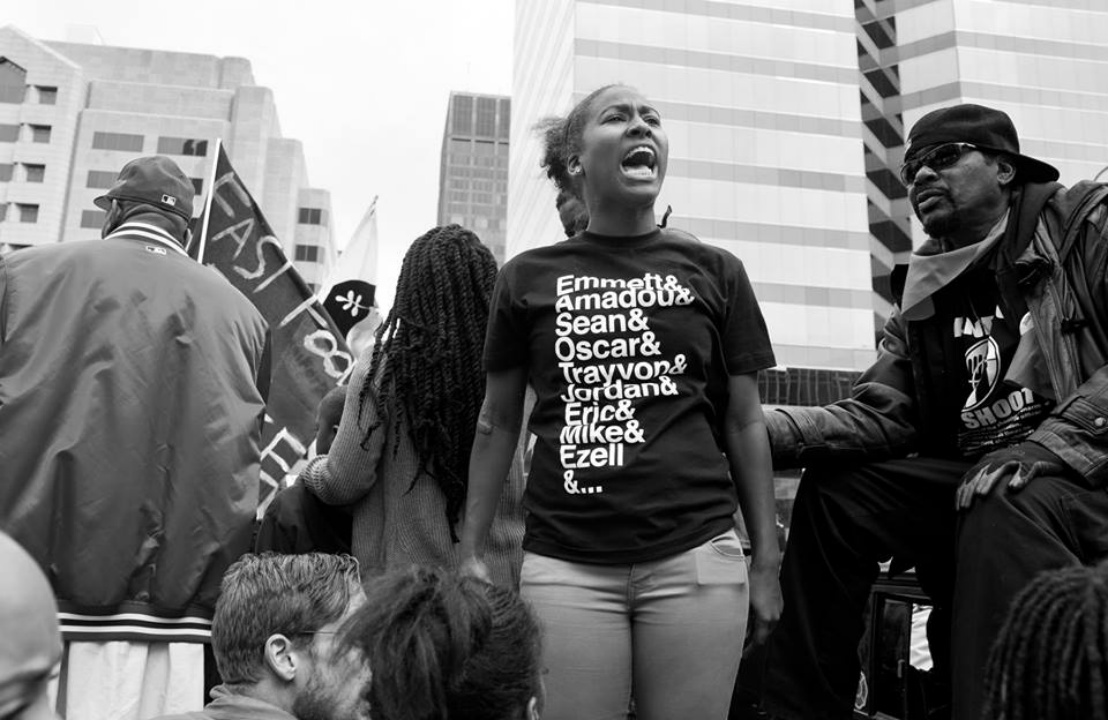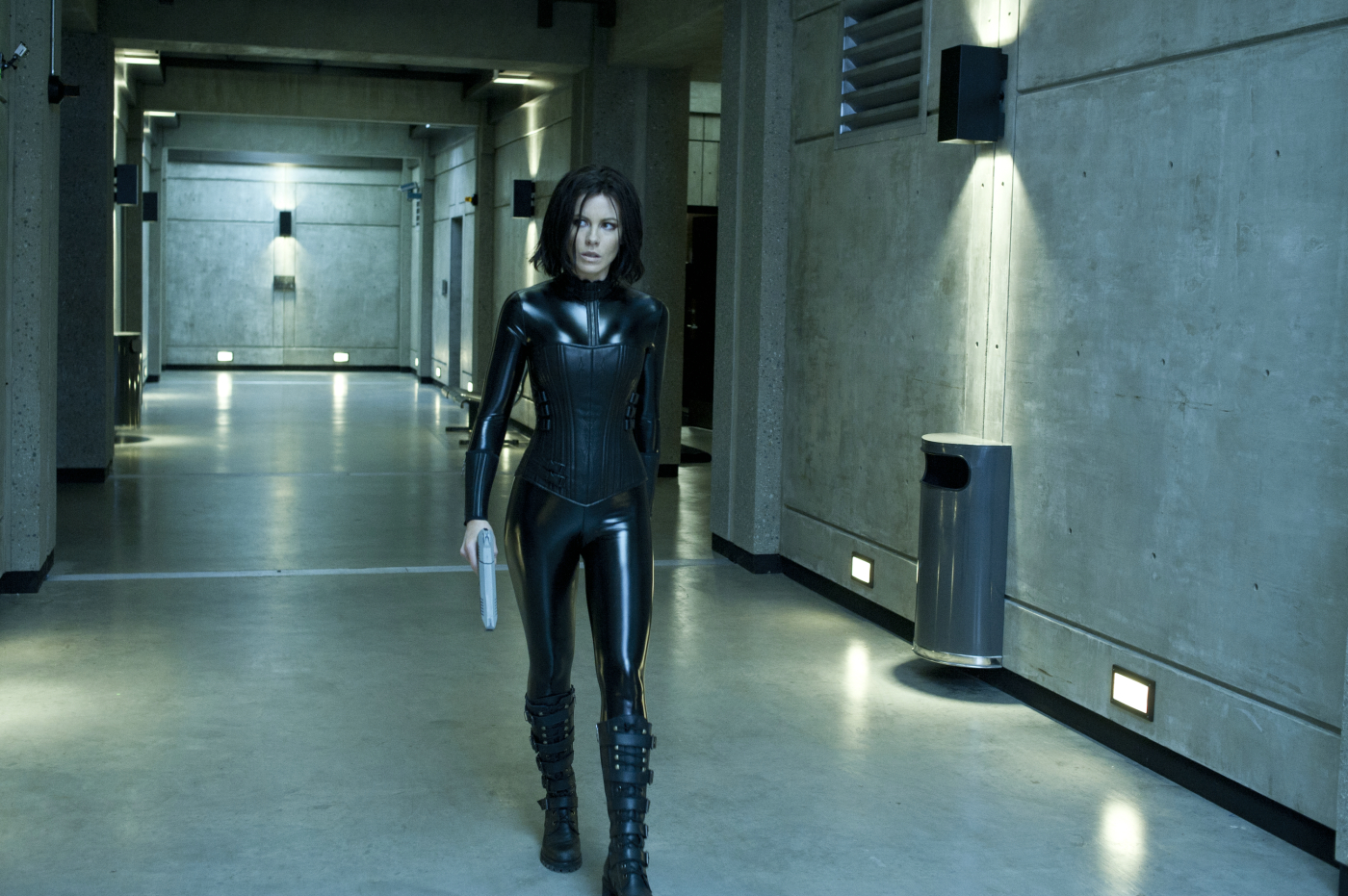Do black people have it worse in America than other races? The correct answer is: “Are you fucking kidding me?! Of course they do; what kind of stupid-ass question is that?” The problem, however, is that the correct answer is less meaningful than the perceived answer. In a poll released this very summer, Republicans surveyed claimed white people were likelier, much likelier at that (48% to 27%), to face “a lot of discrimination.” Ok, white Republicans, I have but one (1) question for you: all else being equal, would you rather be black? C’mon, snap at the chance. This poll says that you believe, somewhat incomprehensibly, that African Americans are the least likely group to face discrimination. If this is what you feel, even waffling at this question means you didn’t just lie to pollsters, you’re lying to yourselves.
White folks, seriously, I speak as one of you — there is neither honor nor truth in being defensive. At some point, you have to accept that slavery was a large part of this country’s checkered – yes, “checkered”- history, which is to say your history, my history. And in many ways, we’ve never outgrown it.
The Black Lives Matter (BLM) movement became nationally recognized during 2014 protests in Ferguson, MO. Specifically, the movement protested police abuse of power when unarmed teenager Mike Brown was shot by a white police officer. Most of us across the nation saw the events of Ferguson through the lens of the evening news which did a wonderful job of capturing the arson and looting from local citizens compared with the calm demeanor and requests for peace by law enforcement in Missouri. Whose Streets? is an attempt to set the record straight on Black Lives Matter with footage most of us did not see: non-violent, angry-to-be-certain, yet certainly justified, unarmed protest met with not with calm but armed and armored warriors using weapons more to mark territory than achieve peace. Black Lives Matter is not about violence; it’s about recognition.
Oh, you think that’s unfair? Well, what is fair? My news feed showed young black men breaking windows and stealing. My news feed showed police officers at podiums. My news didn’t comment on justification. Black people are more likely to be arrested than white people. Black people are far likelier to do time and serve harsher penalties than their white counterparts for the exact same crimes. Black Americans are, per capita, much likelier to be shot by police officers than white Americans. These aren’t opinions; these are facts. Feel free to look them up. And in modern times, we have video evidence of black lives being sacrificed in the name of “public safety.”
Let’s explore the video of protestors in the film Whose Streets? with that of, I dunno, how about the white supremacist protest in Charlottesville a month ago. In one, you have an angry populace reacting to the death of a teenager with chants of “don’t shoot me; I’m unarmed.” That populace is met with a stonewall of stolid, armed officers. In another, you have an angry populace reacting to the removal of freaking statue walking heavily armed and clearly looking for a fight, not recognition. As they sight an enemy (anti-fascist protesters), their path to conflict is unhindered. I’m embarrassed to have to compare/contrast here. BLM came off as civil and Gandhi-like compared to whatever happened at UVA.
The film itself is painfully thin on the details of Mike Brown’s death. The realization is that the details don’t matter. No, they don’t. Ferguson was a lynchpin, but hardly a unique case. Still, Whose Streets? could have used more background; the first half of the documentary is all over the map with unorganized protest footage. The film rises when, and only when, it focuses on the faces of the protest: rapper Tef Poe and two parents, BLM leader Brittany Ferrell and Copwatch videographer David Whitt. The parental figures strike a true contrast with white supremacy. Ms. Ferrell and Mr. Whitt aren’t out for domination, just a world that gives their kids a fighting chance.
supremacy. Ms. Ferrell and Mr. Whitt aren’t out for domination, just a world that gives their kids a fighting chance.
Whose Streets? obviously isn’t a film for everybody. Those who have given themselves to the hopelessly myopic and almost puerile reactions of “Blue Lives Matter” and “All Lives Matter” should happily sit this one out. If you can honestly look at race relations in this country and imagine the burden lies on BLM to prove itself, you’ll never be swayed by anything at all resembling justice.
The worst part of this film is the following realization: systemic and nation-encompassing racially biased law enforcement abuse gave rise to BLM, which in turn became a key enemy that galvanized a tunnel-visioned group of voters to select Donald Trump last November. The conclusion is as awful as it is simple – you want to reelect that orange jackass? Have police shoot more black people.
In the Missouri town, Ferguson
A most massive conflict begun
Within fog of fear
One lesson is clear
Problems won’t be solved with a gun
Rated R, 90 Minutes
Director: Sabaah Folayan, Damon Davis
Writer: History, again and again and again
Genre: Same story, different angle
Type of being most likely to enjoy this film: BLM
Type of being least likely to enjoy this film: White supremacists



